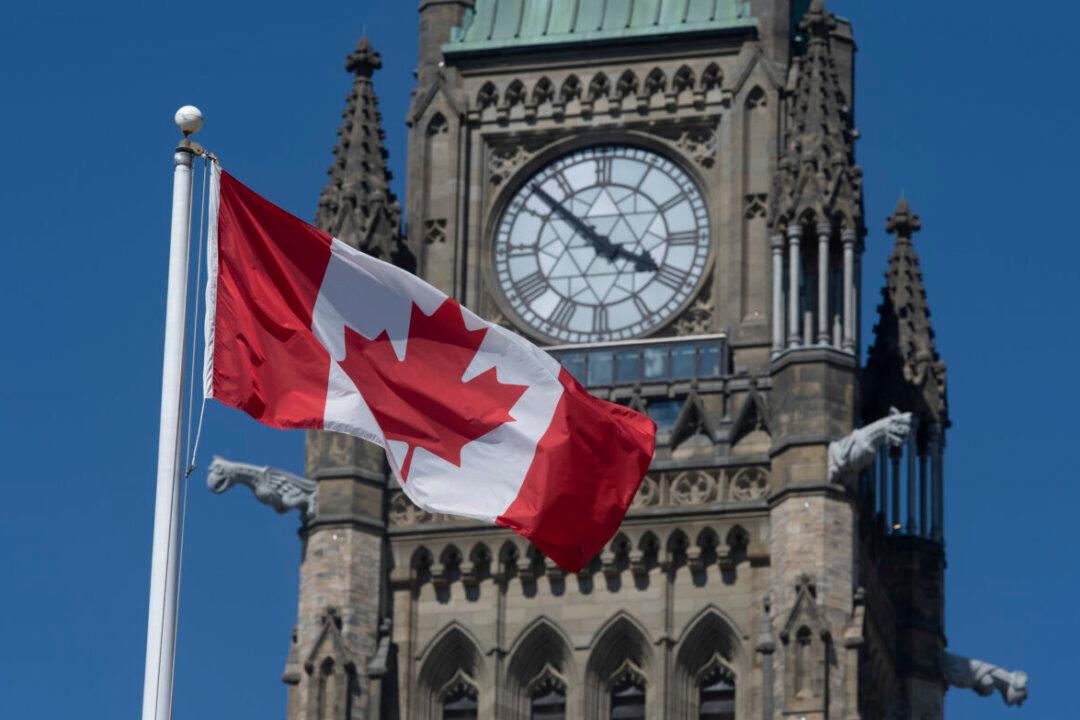Canada’s population surpassed 40 million this summer, owing to an unprecedented surge in new arrivals, while marking the country’s fastest growth since 1957, according to Statistics Canada.
“This represents the largest year-over-year increase in the population of non-permanent residents living in Canada since comparable [1971-72] data,” StatCan said in a Sept. 27 release.




